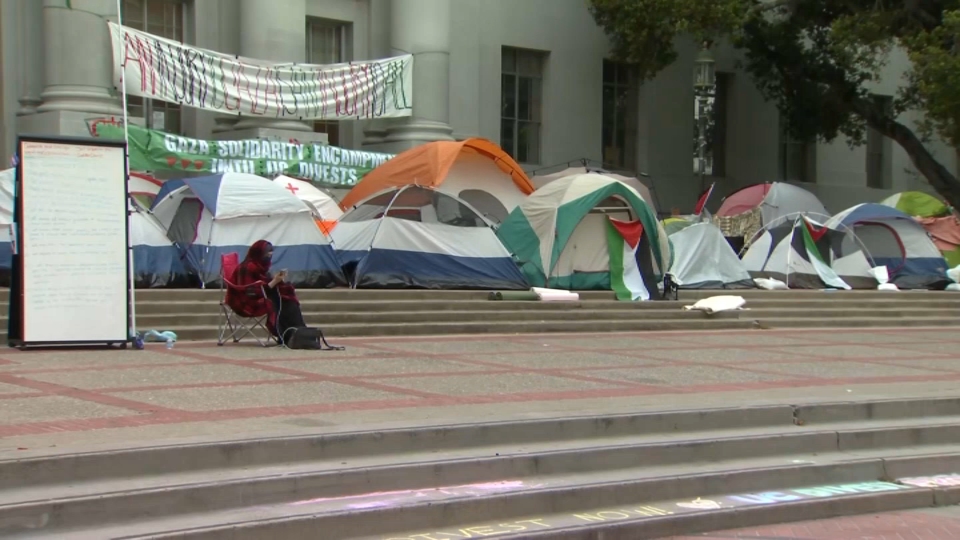NASA's going to be deploying a network of 15 cameras across the United States to boost the coverage of its "All-sky Fireball Network," which is designed to track incoming meteorites, determine their trajectories, and possibly even figure out where they land.
The NASA Meteoroid Environment Office (MEO) exists specifically to spot incoming meteors brighter than the planet Venus, which are called "fireballs." Yep, that's NASA's official technical term. The only way to reliably spot a meteorite is to just stare up at the sky all night every night, so NASA has set out a bunch of networked cameras with ultra-super-mega wide-angle lenses that can watch the entire night sky all at once.
The cameras have overlapping fields of view, so that NASA can get a couple different views of each fireball and thusly calculate its altitude and flight path, which it can then plot back out into space or down to an impact point on the ground. The system is entirely automated, and all you have to do to see what smashed into Earth last night is to go check out the website.
The primary reason NASA cares about tracking these objects isn't so it they can figure out where they land and go recover them, although that's certainly a part of it. It's much more interested in figuring out where the meteor came from, instead of where it's going. By keeping track of where in space these rocks originate, NASA hopes to be able to construct better models of the meteoroid environment, which is critical when it comes to building spacecraft.
Whatever the practical purpose, the cool part is that with a big enough network NASA will eventually be able watch every fireball that comes in over the continental U.S., and that's got scientists such as William Cooke, head of NASA's Meteoroid Environment Office, awfully excited:
"If someone calls me and asks 'What was that?' I'll be able to tell them. We'll have a record of every big meteoroid that enters the atmosphere over the certain parts of the U.S. Nothing will burn up in those skies without me knowing about it!"
Well, I for one can sleep better at night knowing that I don't have to stay up all night looking for those pesky fireball-launching UFOs like I usually do, 'cause NASA's got it covered.
Local
Fireball Network, via Singularity Hub
For the latest tech stories, follow us on Twitter at @dvice



